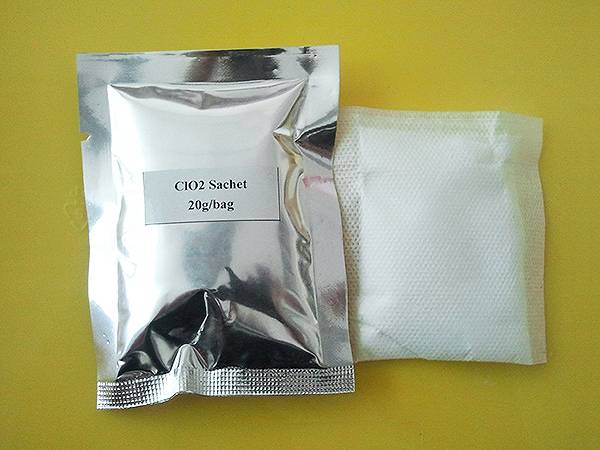



lead oxide making process
Lead oxide, primarily used in the production of lead-acid batteries, is produced through a specific manufacturing process that includes several key steps. This article outlines the essential components of lead oxide making, highlighting its importance in battery production and the broader implications for energy storage and efficiency.
The initial step in the lead oxide making process involves the smelting of lead ores, which are typically composed of lead sulfide (galena) and other minerals. The smelting process involves heating the ore in a furnace with a flux, such as silica, to separate the lead from its impurities. Once the lead is extracted, it is cooled and subsequently processed further to produce lead oxide.
The most common method for producing lead oxide is the Barton process. In this method, molten lead is exposed to air, causing a rapid oxidation reaction. The lead is finely divided into small particles called lead oxide powder, which can either be in the form of lead monoxide (PbO) or lead dioxide (PbO2). The specific type of lead oxide produced depends on the temperature and conditions under which the reaction occurs. This oxidation process is critical as it directly affects the quality and performance of the lead oxide used in batteries.
Another method for producing lead oxide is the wet process, which involves the reaction of lead compounds (like lead carbonate or lead sulfate) with an alkali, typically sodium hydroxide. This approach yields a more controlled particle size and is particularly useful for producing high-purity lead oxide.
lead oxide making process

The quality of lead oxide is paramount in battery manufacturing since it influences the charge and discharge efficiency of lead-acid batteries. The finer the lead oxide particles, the better they can interact with the electrolyte, thereby enhancing the overall performance of the battery.
Furthermore, the lead oxide making process is subject to stringent environmental regulations, given the toxic nature of lead
. Manufacturers are increasingly adopting greener practices, such as recycling lead from used batteries and employing advanced pollution control technologies to minimize emissions.In conclusion, the lead oxide making process is a vital component of battery technology, impacting not only the efficiency of energy storage but also environmental sustainability. As the demand for efficient and environmentally friendly energy solutions continues to grow, advancements in lead oxide production will play a critical role in shaping the future of battery technology.
-
Why Sodium Persulfate Is Everywhere NowNewsJul.07,2025
-
Why Polyacrylamide Is in High DemandNewsJul.07,2025
-
Understanding Paint Chemicals and Their ApplicationsNewsJul.07,2025
-
Smart Use Of Mining ChemicalsNewsJul.07,2025
-
Practical Uses of Potassium MonopersulfateNewsJul.07,2025
-
Agrochemicals In Real FarmingNewsJul.07,2025
-
Sodium Chlorite Hot UsesNewsJul.01,2025










